Eolophus roseicapilla, the pink galah / pink and grey cockatoo / rose-breasted cockatoo, are sighted often in Victor Harbor. They are protected in other Australian States except South Australia. Wong Kais often sees them along the Esplanade, Warland Reserve and Kent Reserve. On 14 September 2023 he saw small flocks of this bird feeding on grass panicles and selecting the Norfolk Pine (Araucaria heterophylla) seeds from the grass lawn. He was inspired by these birds to harvest the cotyledons of these seeds but was defeated miserably. Chisel, hammer and steel knife could not break through the seed wall. He decided to learn from the pink galahs by documenting them working on the seeds. Read https://besgroup.org/2023/10/31/araucaria-heterophylla-strobili/ to find out more about these iconic pine trees in Victor Harbor.
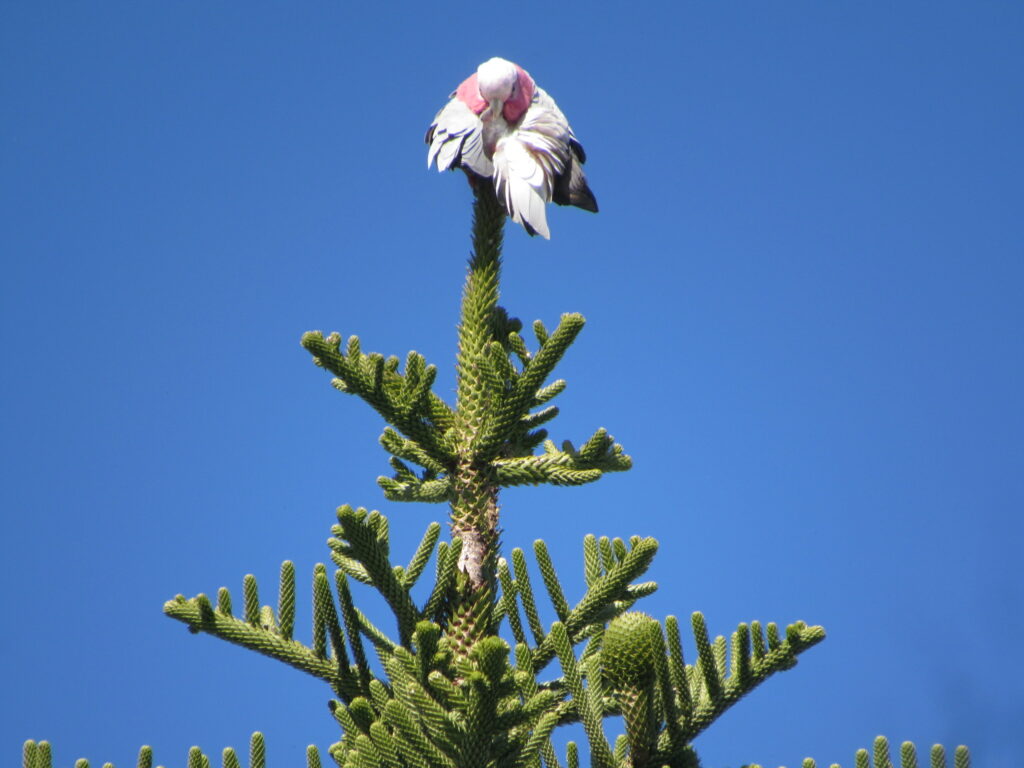
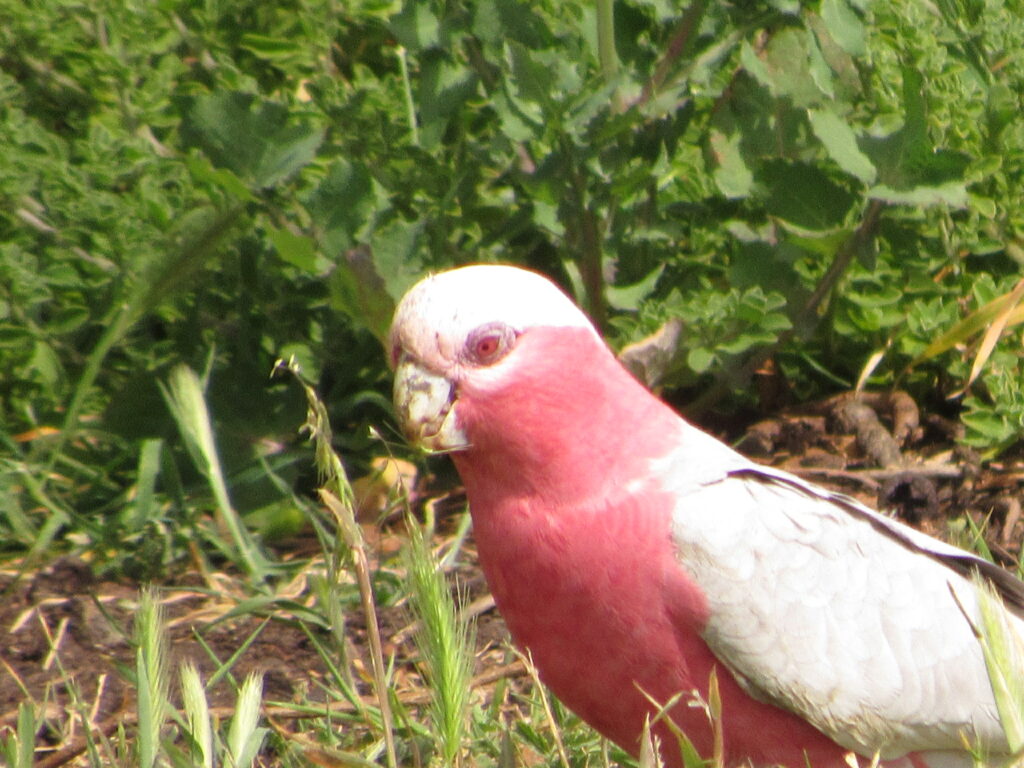
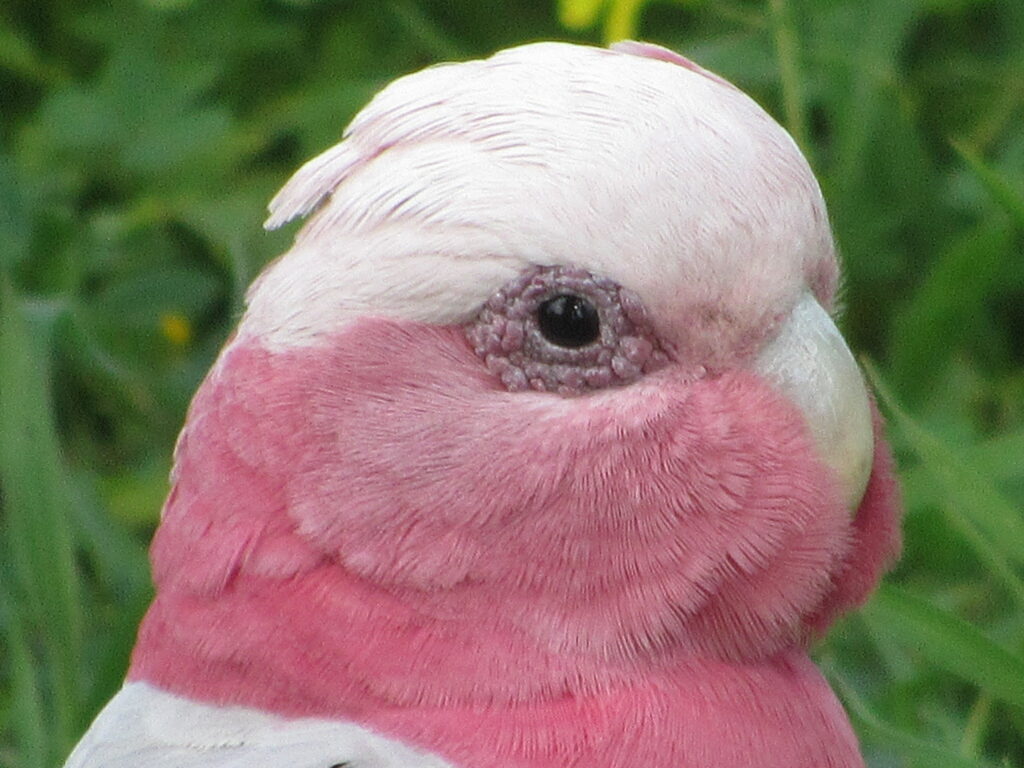
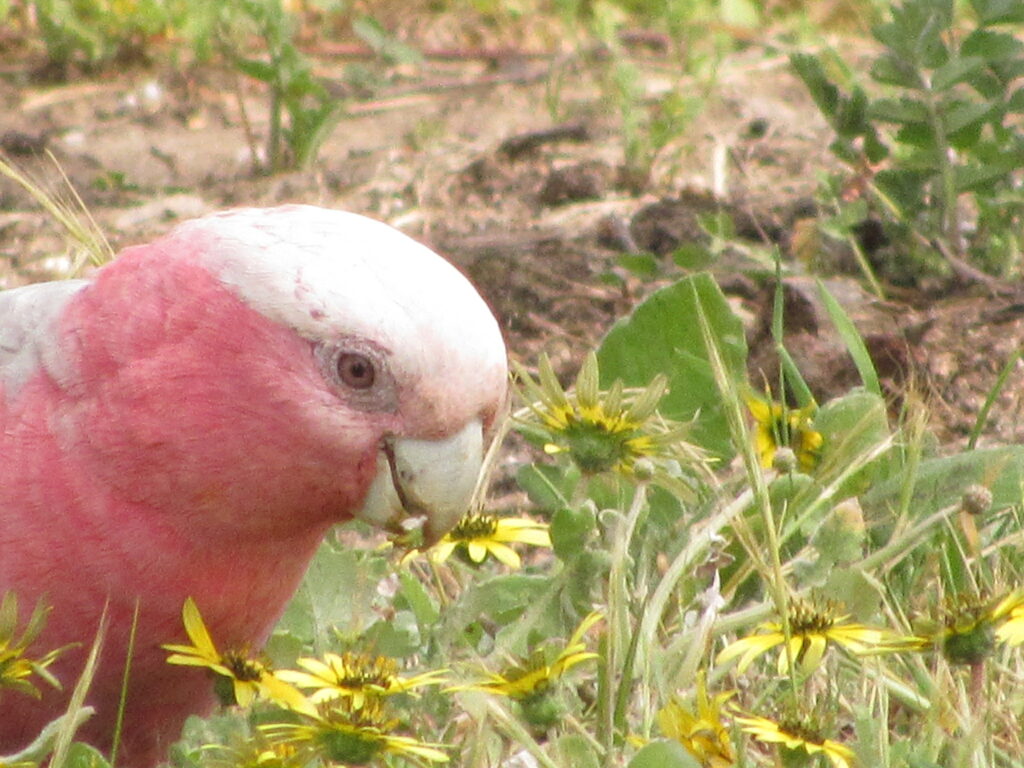
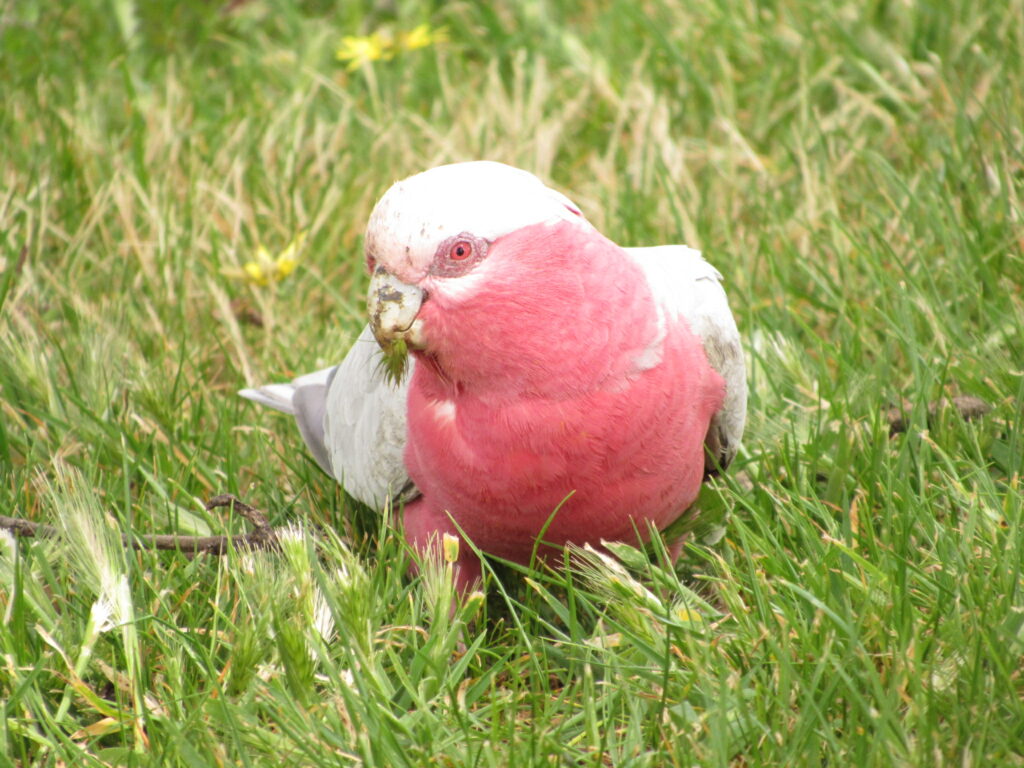
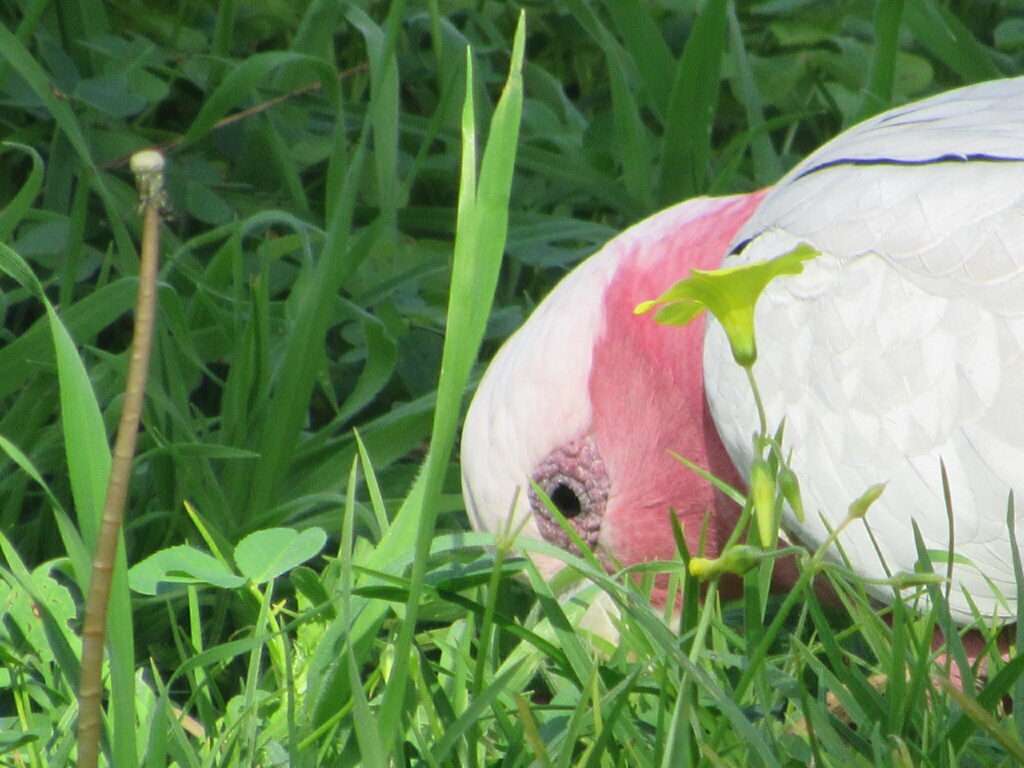
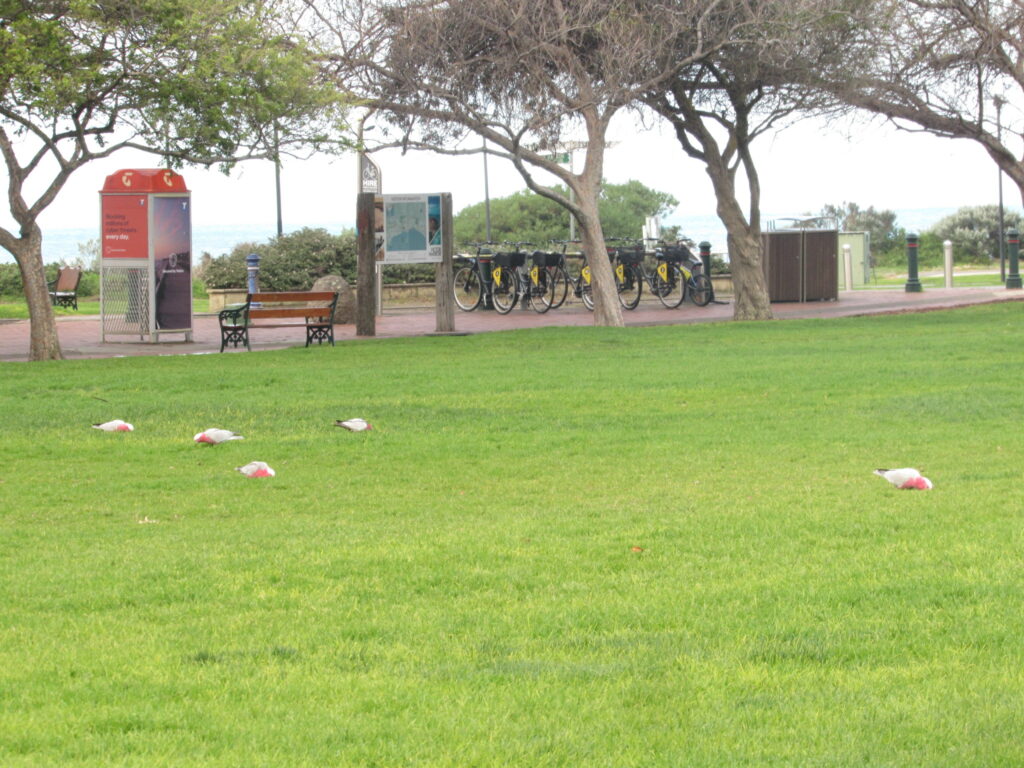
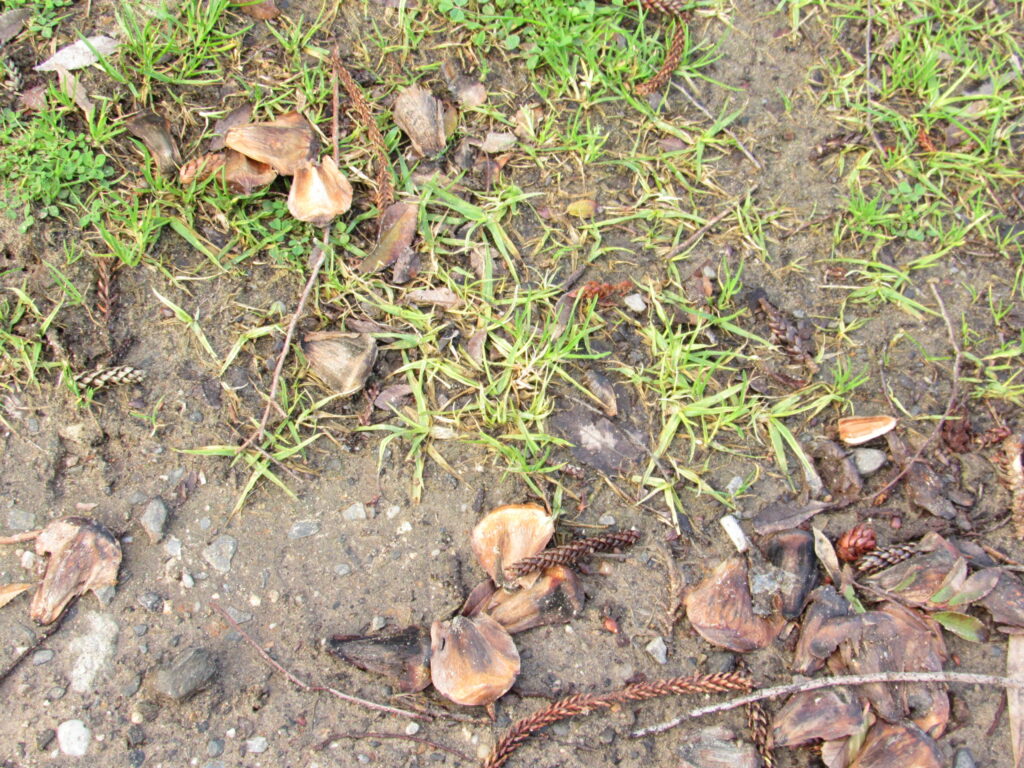
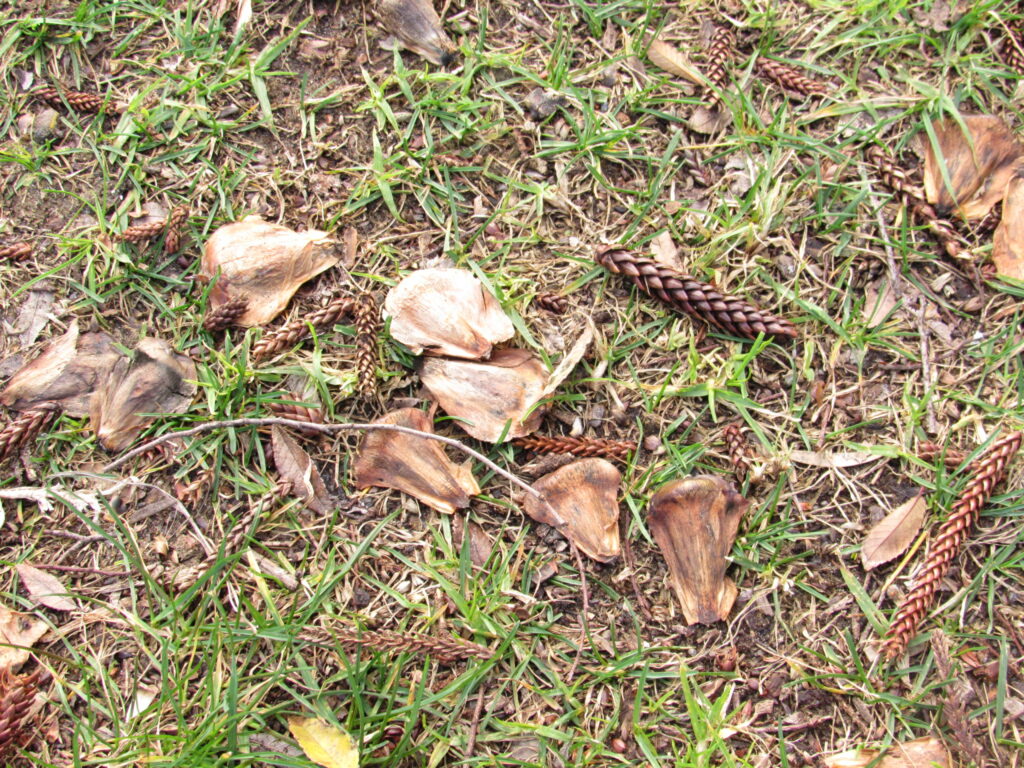
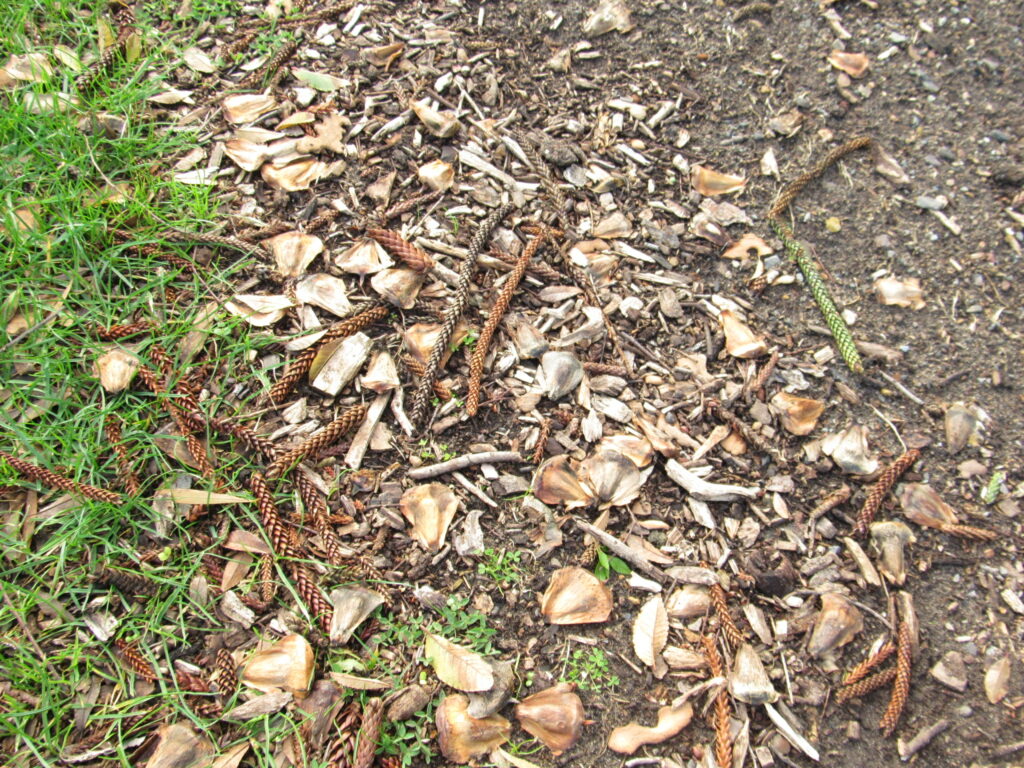
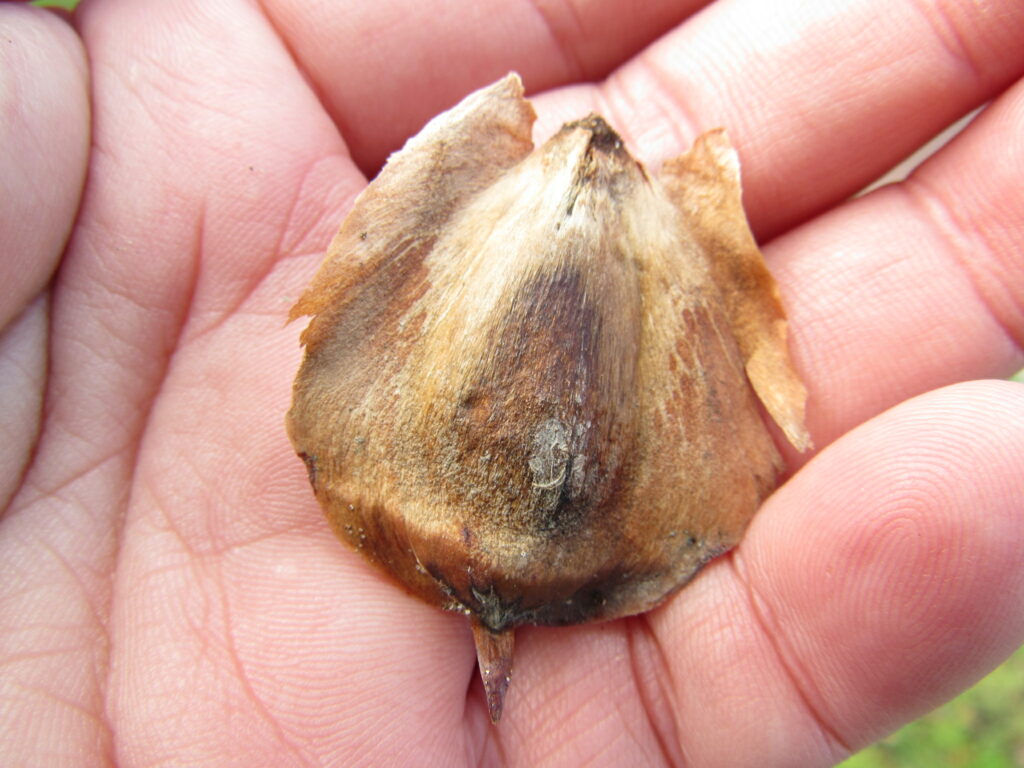
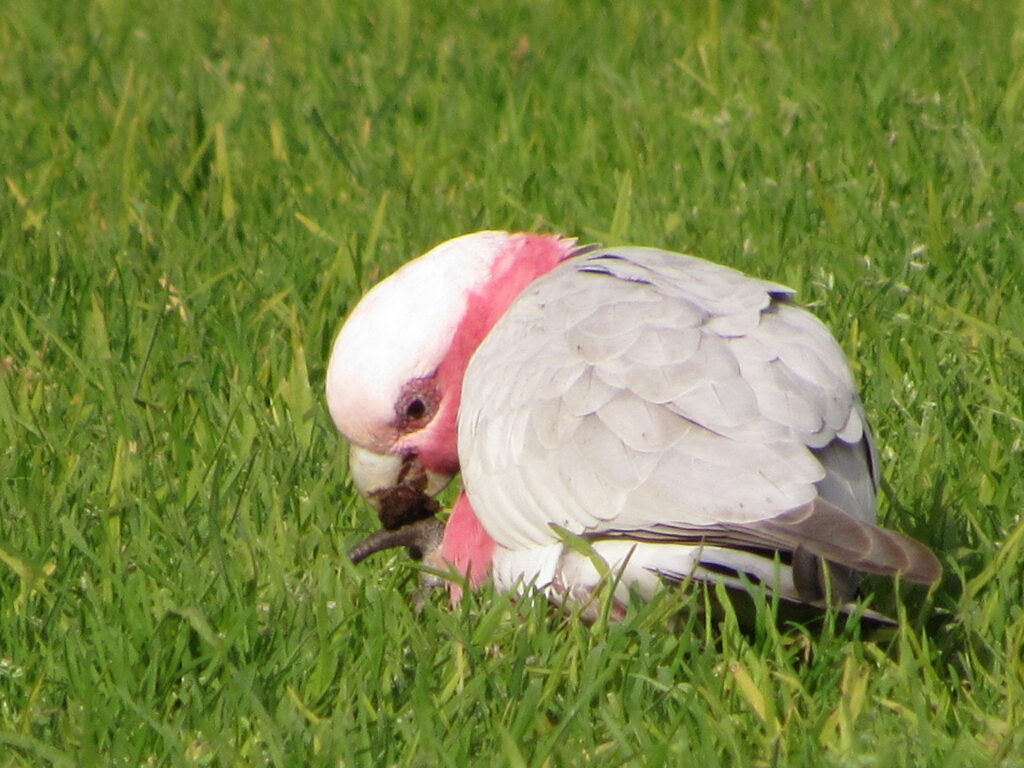

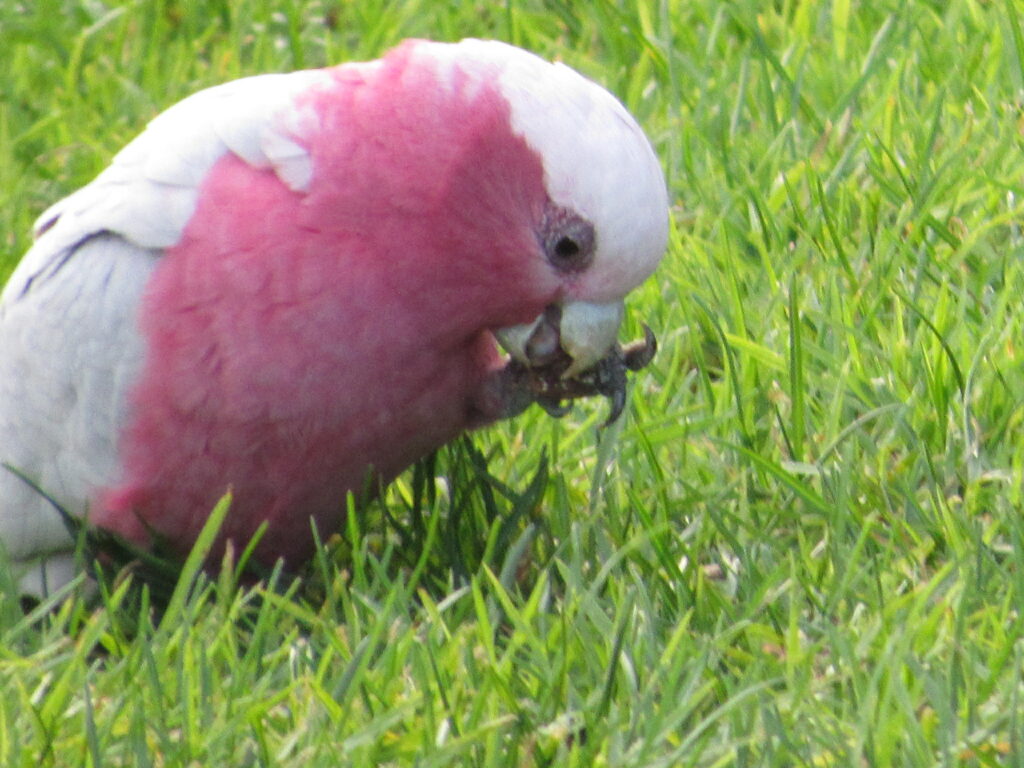
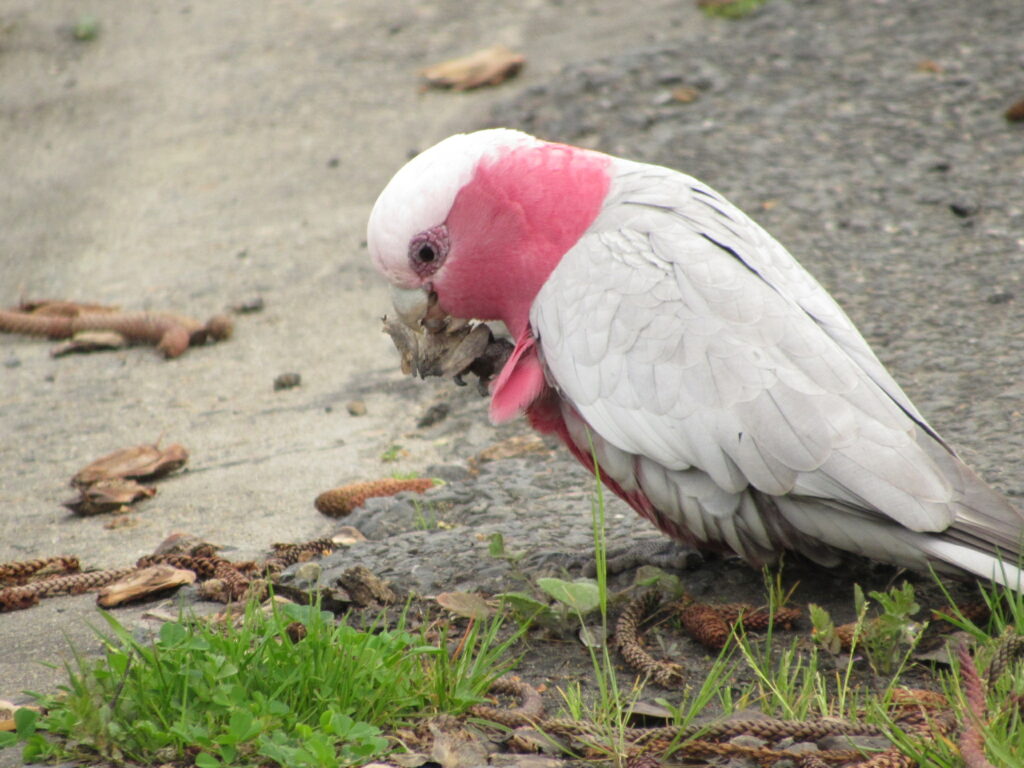
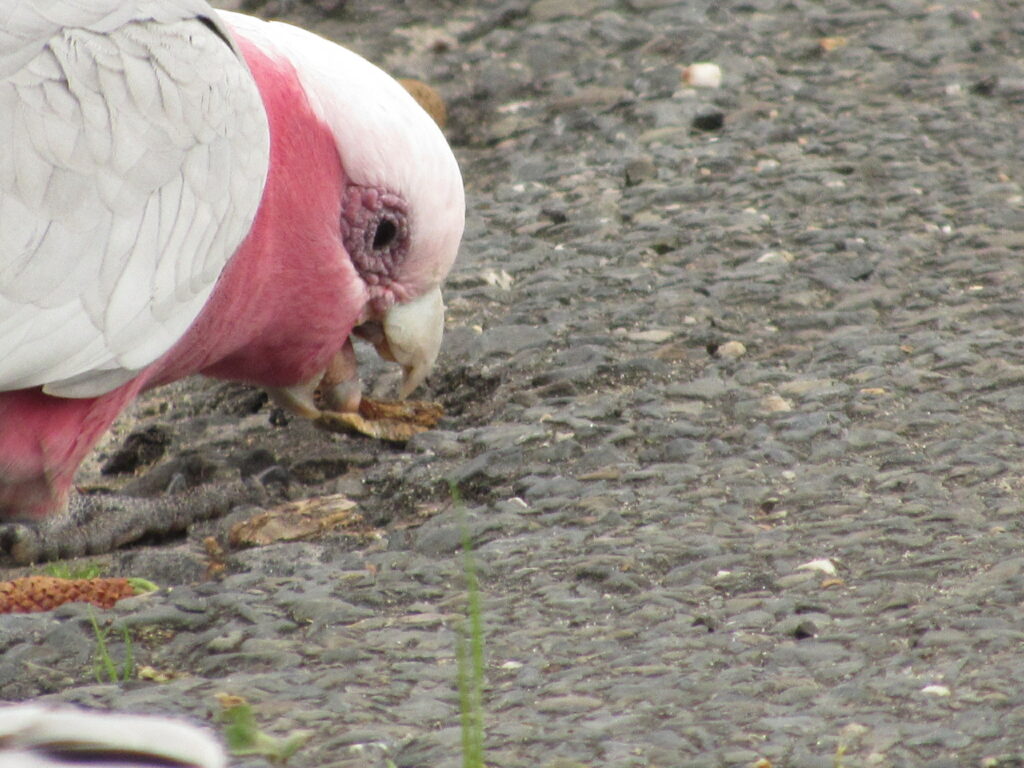
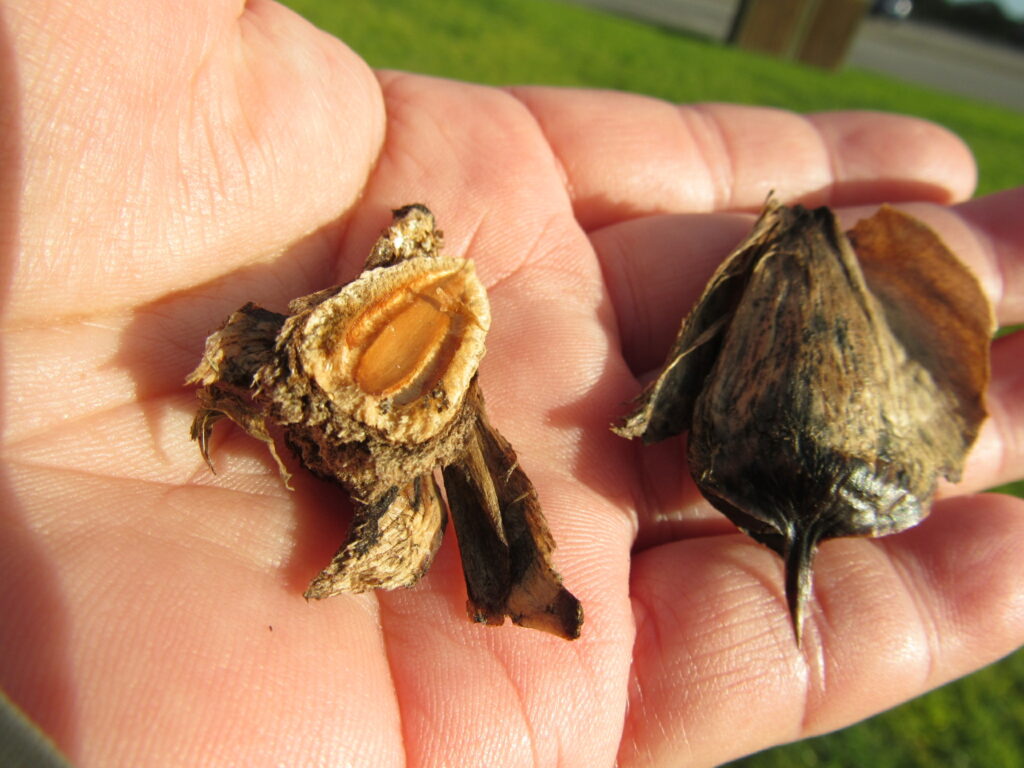
An abundance of freshly dispersed seeds could be seen under the trees in various spots around Victor Harbor. The galahs were not seen tackling them. Wong Kais theorises that freshly dispersed seeds have fully intact seed coverings which are difficult to break apart leading the galahs to select seeds which were dispersed earlier and had been subjected to some degrees of decomposition by the damp and cold. He plans to do a more focused study during his next trip to Victor Harbor.
All photos and video were taken by Wong Kais at Victor Harbor on 14 September 2023. Image 1 was taken on 28 August 2023.
References :
- https://en.wikipedia.org/wiki/Galah
- Handbook of the Birds of the World © 1996 vol. 4
- Fleurieu Birds by Peter Gower © 2012








